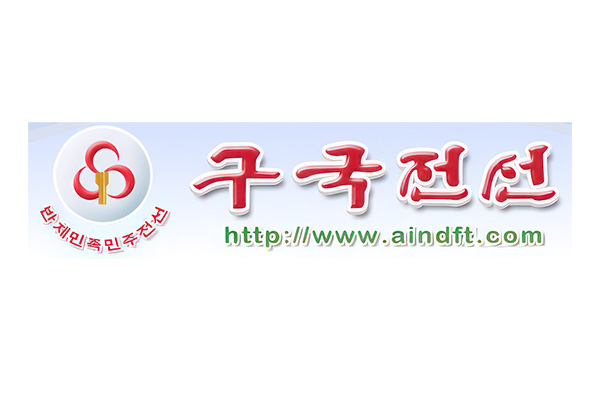President Kim Il Sung makes public 10-Point Program of the Great Unity
of the Whole Nation for the Reunification of the Country
Leading National Reunification Movement
The Korean people’s desire for national reunification ran higher as ever in the early 1990s.
But the south Korean authorities, indifferent to this desire, persistently insisted on the “unification under the liberal democratic system”, inspired by the U.S. moves against the Democratic People’s Republic of Korea.
To cope with the situation, President Kim Il Sungput forward the Five-point Policy for National Reunification at the 1st Session of the 9th Supreme People’s Assembly in May Juche 79 (1990).
The policy is:
First, tension on the Korean Peninsula must be eased and a peaceful climate for the country’s reunification be created.
Secondly, the barrier of division must be removed and free travel and a full-scale open-door policy effected between the north and south.
Thirdly, the north and the south must develop their foreign relations on the principle of creating an international climate favorable for the independent, peaceful reunification of the country.
Fourthly, the north and south must develop the dialogue for national reunification.
Fifthly, a nationwide united front for the country’s reunification must be formed.
The President published celebrated works including “Let Us Achieve the Great Unity of Our Nation” in August Juche 80 (1991), in which he underscored the need to attain national unity for reunification, indicating the tasks and ways to that effect.
On the initiatives of the north, an inaugural ceremony for pan-national rally and a starting ceremony for Paektu-Halla grand march took place on Mt. Paektu on the occasion of the 45th anniversary of the country’s liberation (August 15, 1990), followed by the 1st Pan-national Rally for the Peace and Reunification of Korea in Panmunjom with attendance of representatives from the north and the south and abroad.
Joint cheering was given for the Korean athletes in the 11th Asian Games and a unified team represented the north and the south in the 41st World Table Tennis Championship. There were also reunification-oriented football matches between the north and the south, pan-national reunification concert and reunification concert for bidding farewell to the year 1990.
There emerged the Pan-national Alliance for Korea’s Reunification in November 1990 and the Pan-national Alliance of Youth and Students for Korea’s Reunification in August 1992.
Meanwhile, the President proposed having north-south high-level talks.
Upon his proposal, the north and the south adopted an agreement on reconciliation, non-aggression, cooperation and exchange as well as a joint declaration on denuclearization of the Korean Peninsula, which came into effect at the 6th North-South High-level Talks held in Pyongyang in 1992.
In April Juche 82 (1993) the President worked out the “10-point Program of the Great Unity of the Whole Nation for the Reunification of the Country” and had it adopted at the 5th Session of the 9th Supreme People’s Assembly.
And he proposed a north-south summit in order to put an end to the tragic history of national division spanning a half century and open the door to national reunification without fail.
Preliminary contacts for the summit took place in Panmunjom in June 1994, which yielded an agreement to hold it in Pyongyang on July 25-27.
He had discussions with officials about the summit on July 6 and examined a reunification-related document until midnight July 7, a day before his death, leaving an autograph “Kim Il Sung. July 7, 1994″ on the document.
His exploits performed for achieving the country’s reunification will remain forever along with the history of the Korean nation.



